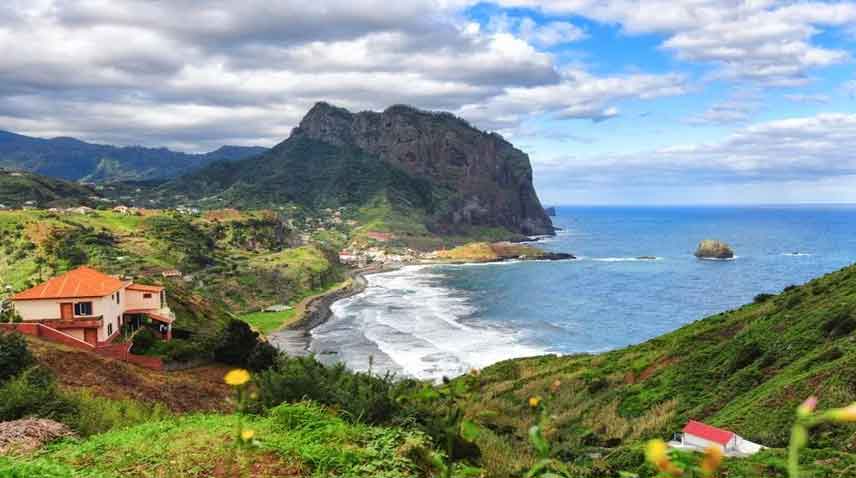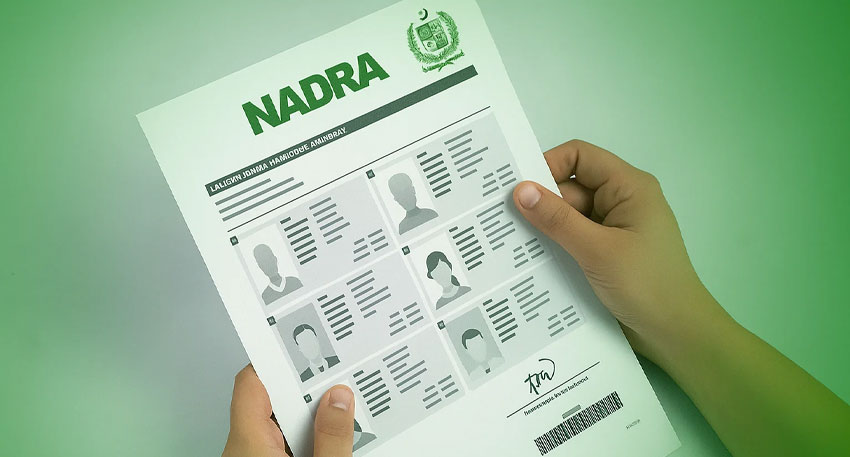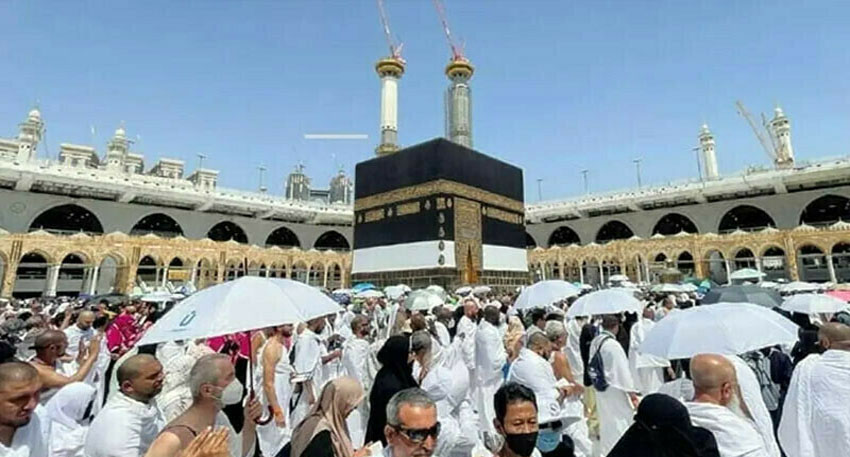
Laura Farris, a meteorologist at the National Weather Service in Honolulu, said, “Right now, you can see some shear present in the disturbance.” Farris said that after strengthening, the system “will move over cooler waters most likely as it moves closer to the island, and it will encounter more wind shear,” likely weakening the storm.
Two disorganized areas of showers and thunderstorms are expected to merge over the central Pacific Ocean and slowly strengthen through the day Wednesday. The National Hurricane Center predicts an 80% chance that a tropical cyclone will form and move west “near the Hawaiian Islands late this weekend or early next week.”
It is highly likely that the cyclone will reach tropical storm status, with sustained winds of at least 39 mph. There is a much lower probability of reaching Category 1 hurricane strength, with sustained winds of at least 74 mph, US media reported.
The storm’s name will depend on exactly where in the Pacific it reaches tropical storm strength. If the disturbance reaches cyclone strength east of 140 degrees west it will be named Hector. A storm formation in the central Pacific region will be given the name Hone.
A named storm in the central Pacific would be the first of the hurricane season. The National Hurricane Center previously predicted 1-4 named storms in the central Pacific this year, down from the usual 4-5.
The hurricane center wrote in an online forecast, “While it is too early to determine the exact location and magnitude of potential impacts, interests in Hawaii should closely monitor this disturbance.”
Although the storm is at least five days out from potentially impacting Hawaii, a few weather models predict heavy rain, large waves and widespread strong winds on the Big Island. The most recent tropical storm to make landfall on the Big Island was Tropical Storm Darby in 2016.
If the storm moves well south of Hawaii, the state will be spared from intense rainfall, but locally strong winds could increase fire danger across the drought-stricken state. Last August, strong winds on the eastern side of several Hawaiian Islands resulted in wildfires, including the deadly and destructive Lahaina Fire. Some scientists initially attributed the strong winds and resulting fire to distant Hurricane Dora, but later research found the hurricane had little to no effect on local winds.


